Studying art in the early years’ classroom is a fun and enriching experience. Artist Investigations are so engaging with young children. My classroom has explored a multitude of artists over the years. A few of these art studies I would return to each year, and a few new ones that the children were intrigued by, usually sparked from a book we read.
Studying Fine Art
Every year we explore artists such as Henry Matisse, Donatello, and Klimt. When we began our study of Matisse’s art, we explored and studied the artwork, color, and history of art. We practiced mixing our own new colors that we then named. We explored Kandinsky and used all sorts of classroom items to create circle prints. I include a few artists most people (unless you are in the art world) may not readily know.
This has actually increased our world vision. We use the ideas of Gustav Klimt to learn about patterns in art, eventually leading to the patterns in math, the patterns in literacy and the patterns in science. It really is connecting the standards throughout every aspect of the program.
We have explored Eric Carle where we created tissue paper drawings and understood layering and collage. One of the all-time favorite studies actually goes along with a book we read around the first rain. This year we took the artist investigation a step further and created these beautifully intricate pumpkins that the children painted.
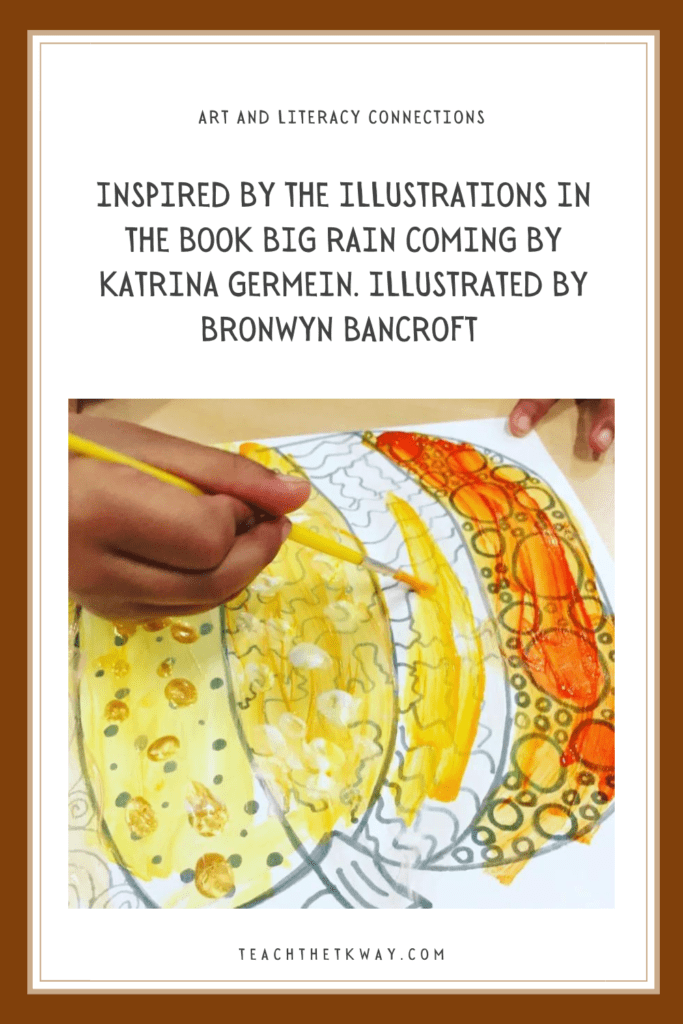
Benefits of Studying Fine Art
Not all of our investigations are in 2-dimensional work. We have explored the benefits and effects of clay work and created sculptures like Donatello and Michelangelo. We create some amazing parent gifts each year using these methods. And that becomes a win-win for me. Child-made gifts, and covering classroom standards- Yes Please!
The one thing I have noticed with every artist investigation is the pride that comes from studying art, artwork, and real artists. We discuss intellectual property, creativity and patience, and trial and error. So many great life skills happen naturally while working with a ball of clay or a palette of paint. At the end of our Matisse investigation, where we spent weeks studying artwork full of color, we placed all of the newly create colors in our art center, and that became one of the most sought-after centers each afternoon.
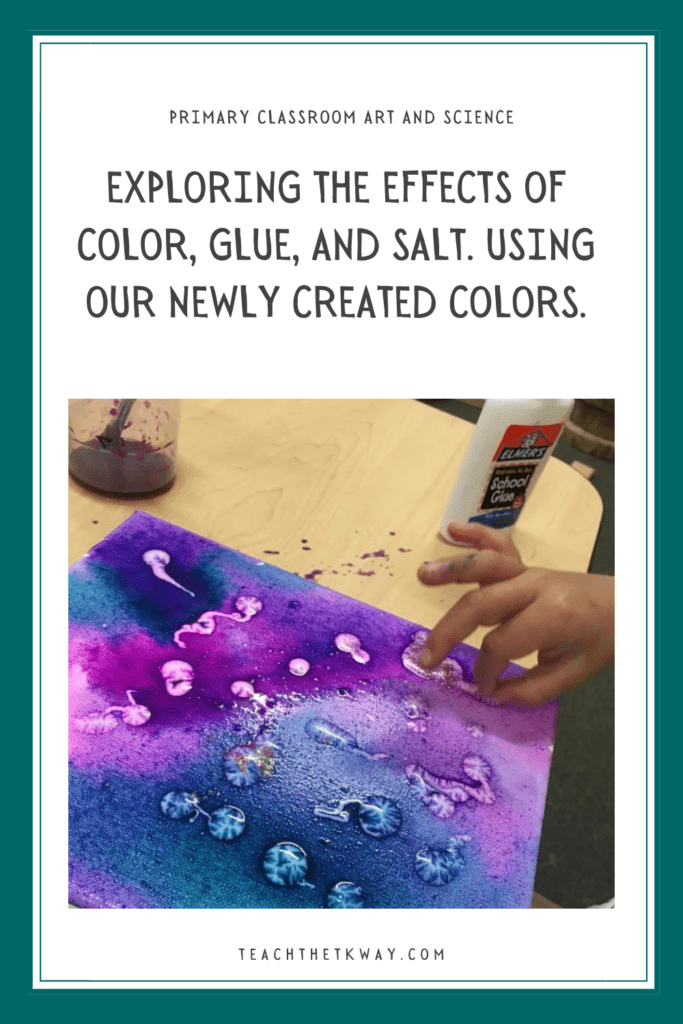
Studying Artwork Using Found Materials
While this may seem like a huge undertaking it really can be accomplished using the materials you have on hand. When we place value on studying art, the children begin to notice materials and styles. As a result, the students begin to utilize these artistic abilities in everyday play.
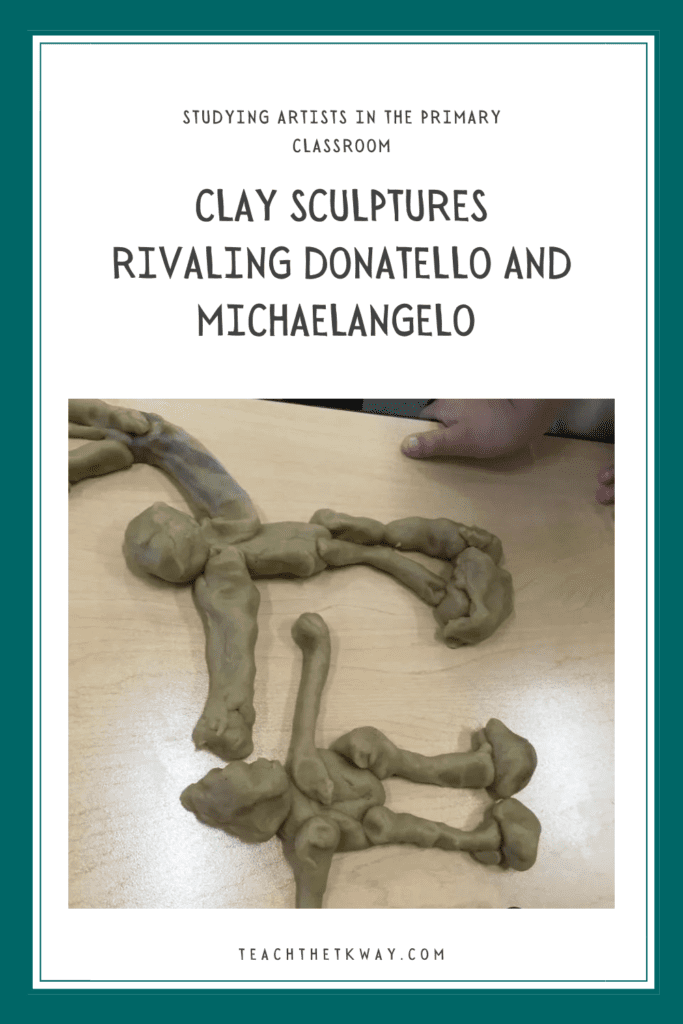
Paper tearing becomes Eric Carle-inspired. Playdoh creations become sculptures from Donatello, and paper cups lend well to the Kandinsky prints. Bringing key concepts back into a standards-based program in an authentic way will help reach standards faster. Because think about it, if you are not grasping patterns, but learn about an artist who ONLY painted in patterns you might actually tune in a little faster.
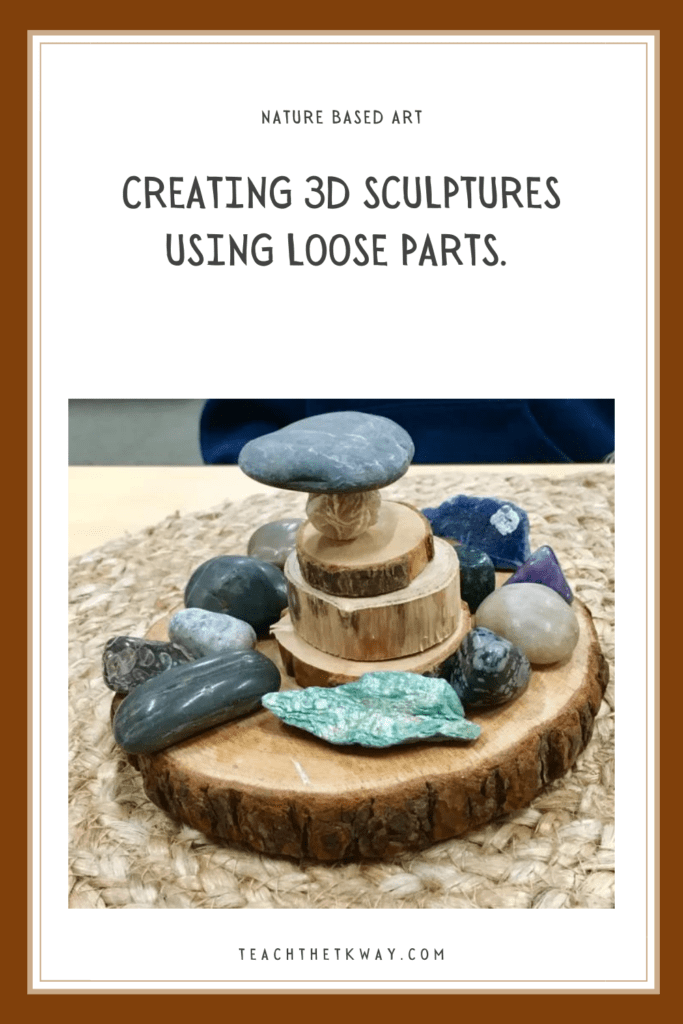
Studying Local Artists
Studying the history of art is also a great way to incorporate local culture. Another famous artist, especially in my area, that most may not have heard of is Conde Malcolm McCullough. He is a civil engineer who designed most of the coastal bridges along route 101, from the Oregon coast into Northern California.
We can see his art in our everyday life, traveling over many of the bridges he created.
What if your students thought they weren’t very good at art? What would it do to their self-esteem to learn about a guy who was a bridge builder and considered one of the great artists of our century? Showing my students the connection between the sculptures they just created and some of the greats have allowed their creativity to blossom. I know how studying art has positively affected my classroom, will you try it in yours today?
Grab your Color Mixing Activities Plus Artist investigations here.
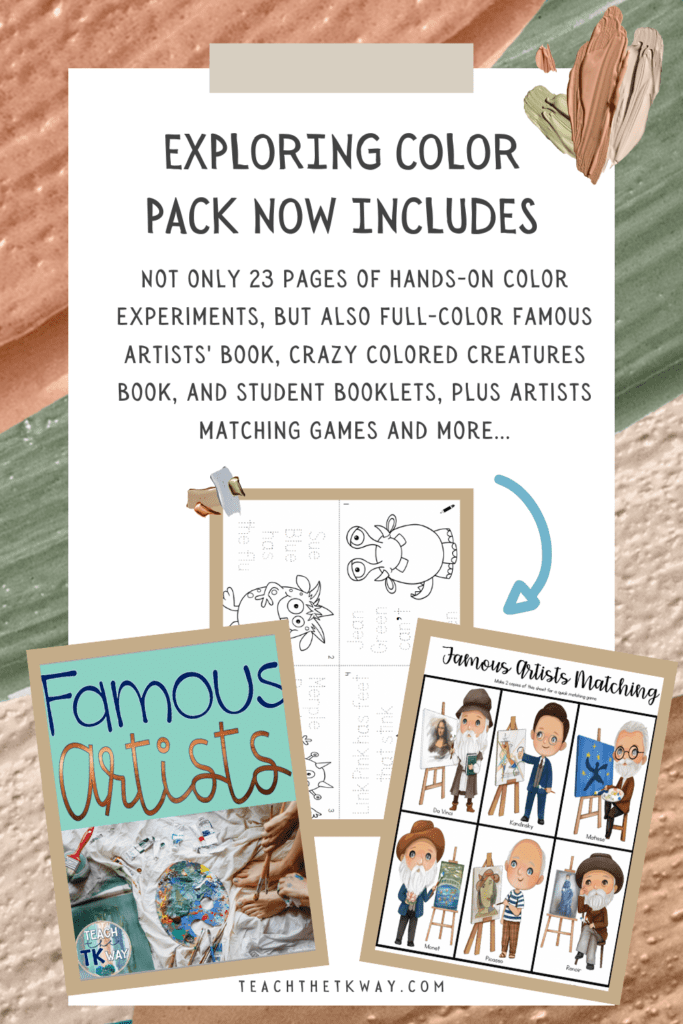
Learn all the ways I use nature as a teaching tool in the primary years’ learning spaces. Grab your freebie here…
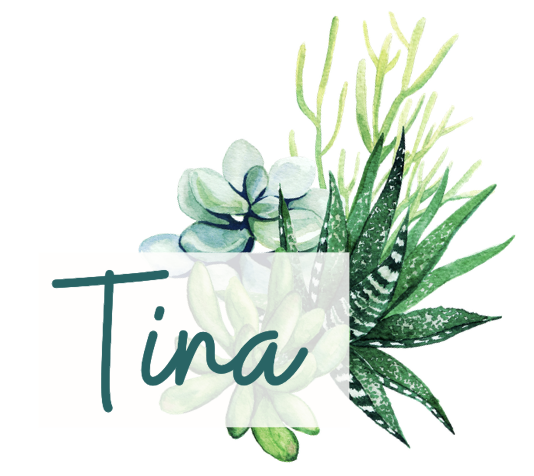



One Response